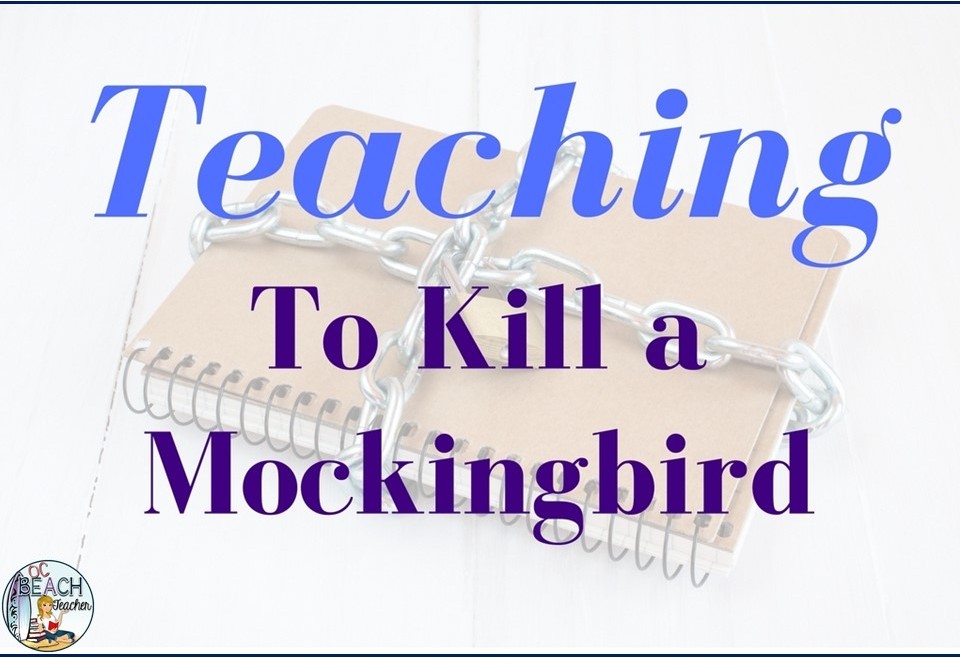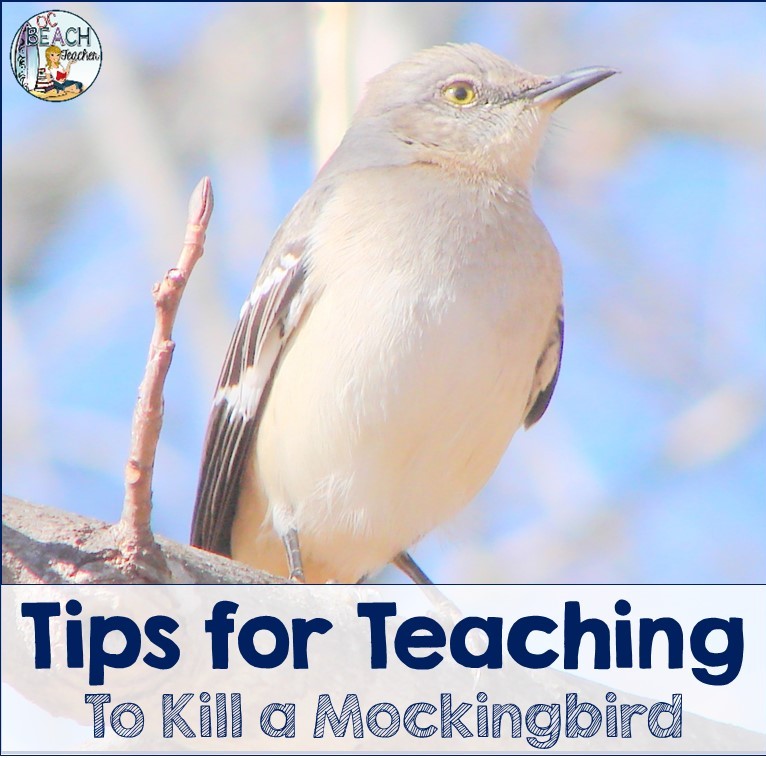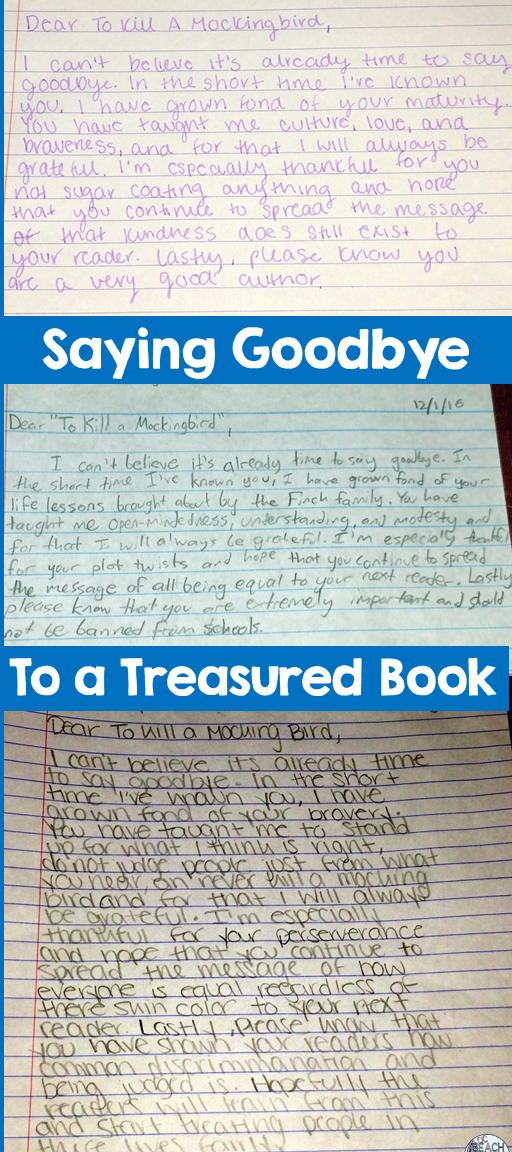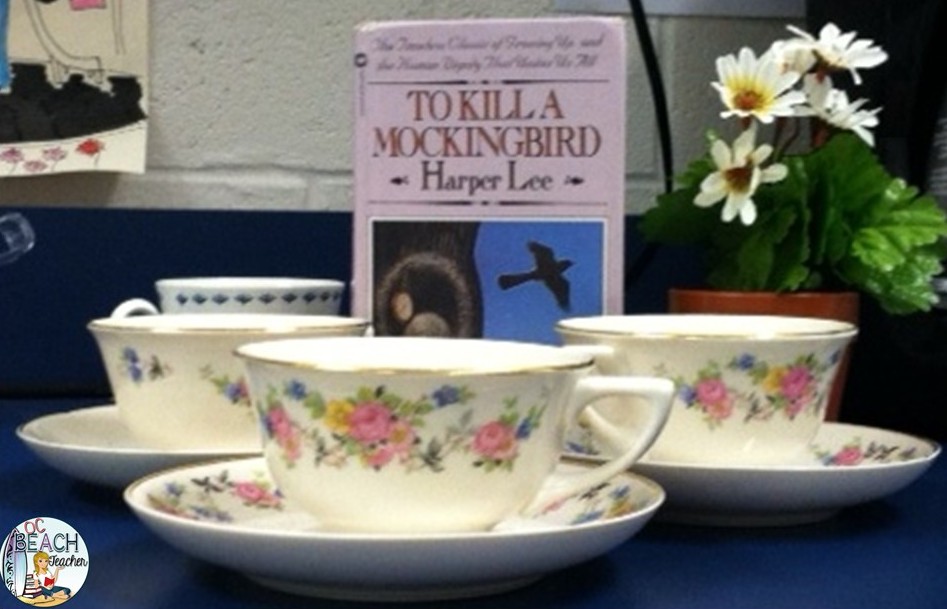Recently a neighboring school system placed a ban on two books: To Kill a Mockingbird and The Adventures of Huckleberry Finn. It made local and national news, and I was hardly surprised (fortunately the books have been reinstated). In fact, I had just finished a unit in which my students read To Kill a Mockingbird. I taught with the knowledge that it is one of the most challenged books in America and I shared this information with my students from the start of the unit.
 Coincidentally, before we even started our reading of To Kill a Mockingbird, I assigned my students reading from an article about a college professor who had written a censored version of The Adventures of Huckleberry Finn. Many students were surprised that anyone would challenge a book, but when they read the article they had a better understanding of the controversial language. We discussed why the professor, Alan Gribben, wrote the new version and I asked my students for their opinions of his updated novel. After our discussion, they shared their ideas for how to handle the reading of the racial slurs in To Kill a Mockingbird in our class. First they partnered with classmates, and then we tackled the issue in whole-class discussion where we made a decision not to read the words aloud so that we wouldn’t hurt anyone’s feelings.
Coincidentally, before we even started our reading of To Kill a Mockingbird, I assigned my students reading from an article about a college professor who had written a censored version of The Adventures of Huckleberry Finn. Many students were surprised that anyone would challenge a book, but when they read the article they had a better understanding of the controversial language. We discussed why the professor, Alan Gribben, wrote the new version and I asked my students for their opinions of his updated novel. After our discussion, they shared their ideas for how to handle the reading of the racial slurs in To Kill a Mockingbird in our class. First they partnered with classmates, and then we tackled the issue in whole-class discussion where we made a decision not to read the words aloud so that we wouldn’t hurt anyone’s feelings.
I try to ensure sensitivity when we read the novel. Over the years, a couple of students have shared compelling sentiments with me. One African American boy said he didn’t like the book because even though Atticus bravely defended Tom Robinson, ultimately Robinson died. His honesty made me realize that even though I think the novel teaches valuable lessons, my minority students may find the novel disheartening and difficult to read.
With that in mind, I have a few tips for making the teaching of the novel more successful:
1. Teach it in high school even though the Lexile score of 790 puts it in a reading comprehension range for sixth grade (it’s often taught in grades 6 – 8). In the Common Core State Standards Appendix B, the book is listed as an exemplar text for grades 9 – 10. It requires a maturity that most middle school students do not have. In addition to the controversial language, the book includes an accusation of rape and several violent scenes.
2. Respect students. If possible, let them choose the reading in a class vote. Give them two – three book choices and provide short summaries of each selected book. Choice creates more buy-in and if an individual student still does not want to read it, give him or her another suitable option. Additionally, be available to talk to students who may feel upset during their reading or when tense discussions arise.
3. Prepare students for the reading. Use anticipation activities to introduce some of the sensitive issues. Depending on my students’ needs, I vary activities, including an anticipation guide, a close-reading activity, or this digital book talk.
4. Teach some of the history from the time period or coordinate instruction with a social studies teacher. Students can research topics including the Jim Crow South, the Emmett Till Trial, the Scottsboro Boys trial, Plessey vs Ferguson, the Stock Market Crash of 1929, the Woman’s Suffragist movement and the history of capital punishment in the United States. There are innumerable topics and you can find more ideas here.
5. Make sure that students understand the novel. Provide time for close reading of selected excerpts. For instance, I have lessons which focus on chapter 15 (when the mob comes to the jail for Tom Robinson) and for the chapters with the trial. This year I had students act as members of the jury in Tom Robinson’s trial. They noted important testimony and evidence as they determined whether Robinson should be acquitted or convicted.
6. Finish the unit with meaningful activities. This year I borrowed a journal idea from B’sBookLove and MudandInkTeaching. My students wrote “goodbye letters” to the novel. In these letters, many articulated the life lessons they had learned from their reading.
I also make the end of the unit fun by hosting a tea party. In this lesson, students write character analysis essays and participate in a drama activity. With the help of costumes and props, they “become” their characters and engage in role-play, joining the rest of their classmates who are also citizens of Maycomb.
At the party, the students interview one another and use their reading of the novel to infer one another’s characters. Finally, after everyone’s character has been “discovered,” the students enjoy drinking tea and eating baked goods such as muffins and scones.
Even though it has challenges, I enjoy teaching the book and think it is meaningful for students. I know many others teach it, too, and may have had rewarding and/or difficult experiences with it.Do you have great lessons for making it a wonderful teaching experience? Please share below.
.






3 Comments
Wow, this blog post is fantastic! I love the tips that you provided for giving students' choices and ensuring that they are not only engaged in the content of the novel, but also giving them a chance to learn the real life events that go along with the time period that the novel is set in. Thank you for sharing such valuable insight and information. I will definitely be sharing this with my teacher friends!
Stephanie
Love this book, Kim – so I really enjoyed reading your mastery at facilitating it! Thanks! I especially valued the tangible respect that shines through your words here, as you prepare students to be successful, teach them with care, and support their deeper understanding. Nice! Happy New Year!
So many great ideas. I'm definitely going to share this with the 10th grade teachers in my department!